
How the Red Army fought with the favorite gun of American gangsters in WWII

During World War II, the Western Allies sent over 150,000 units of portable firearms to the Soviet Union by way of military aid. But the amount accounted for less than one percent of the total firearms produced by the Soviet military industry over the entire period of the conflict.
Nevertheless, American Colt pistols, Browning machine guns and Bazooka anti-tank rocket launchers, as well as British Bren light machine guns and Boys anti-tank rifles, also made their contribution (albeit a small one) to victory on the Eastern Front.
The Allies sent more Thompson submachine guns to the Red Army than anything else - almost 138,000 units, along with 306 million cartridges for them. Soviet soldiers, thus, got their hands on the legendary weapon, also known as the ‘Tommy gun’ or ‘Chicago typewriter’, which was highly rated in the U.S. criminal world.
Gangsters’ weapon of choice
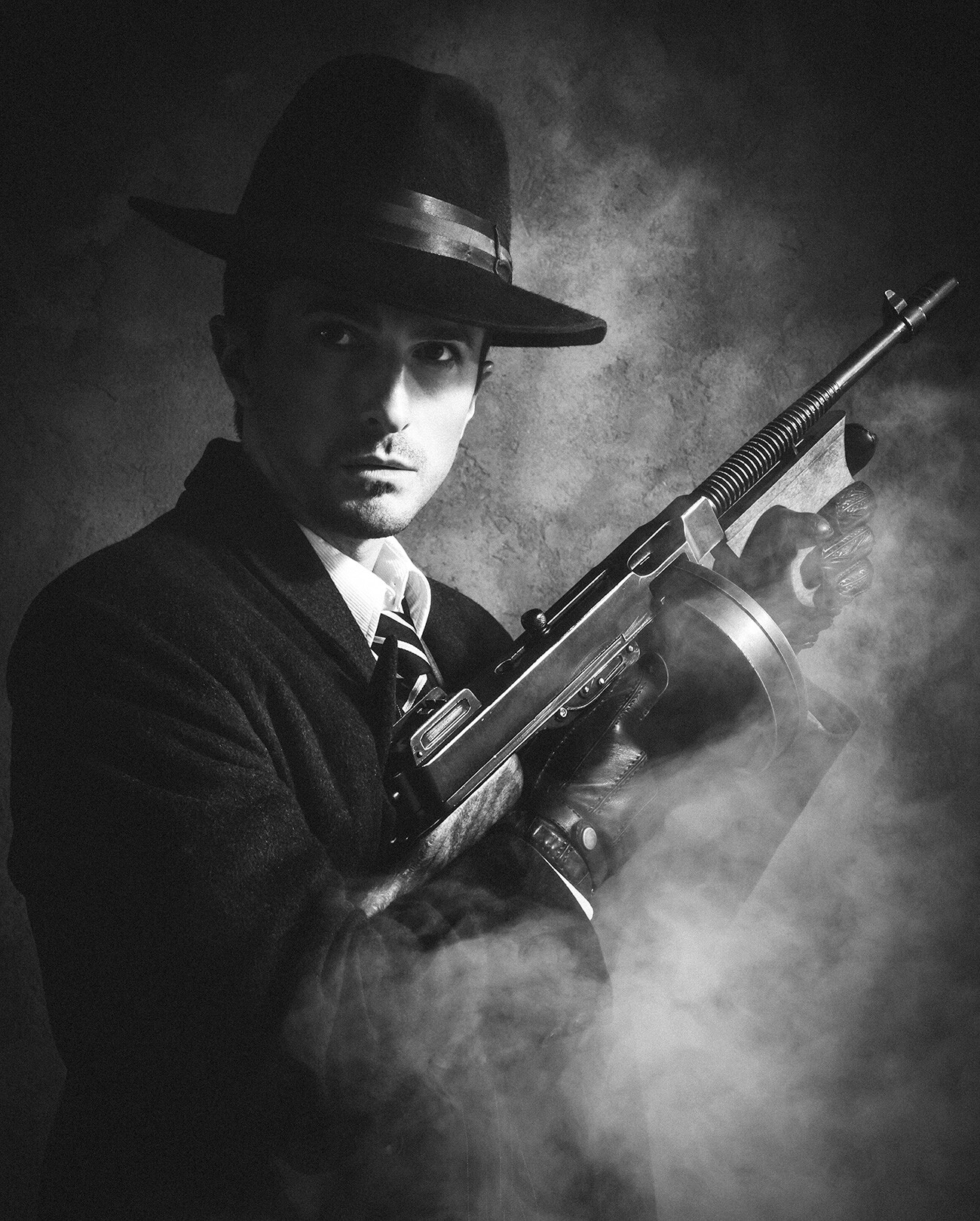
Initially, the U.S. military didn’t show much interest in the Thompson. The submachine gun appeared at the very end of World War I, when military depots were literally bursting with weapons. In addition, powerful and rapid-firing though it was, it was effective at short range, but not so good at long range.
The latter factor didn’t deter law enforcement officers or gangsters, for that matter, during the Prohibition and Great Depression era. As a result, the Thompson became one of the symbols of the gangster wars of the 1920-1930s. It was a Thompson that notorious bank robber John Dillinger took with him when he went about his trade.
The submachine gun made its first appearance in the Soviet Union in 1924 - the purchase was made in the U.S. via front men in Mexico. The M1921 Thompson was given to border guards, prisoner escort troops and special operations forces belonging to the OGPU state security service combating banditry in the Caucasus and Central Asia.
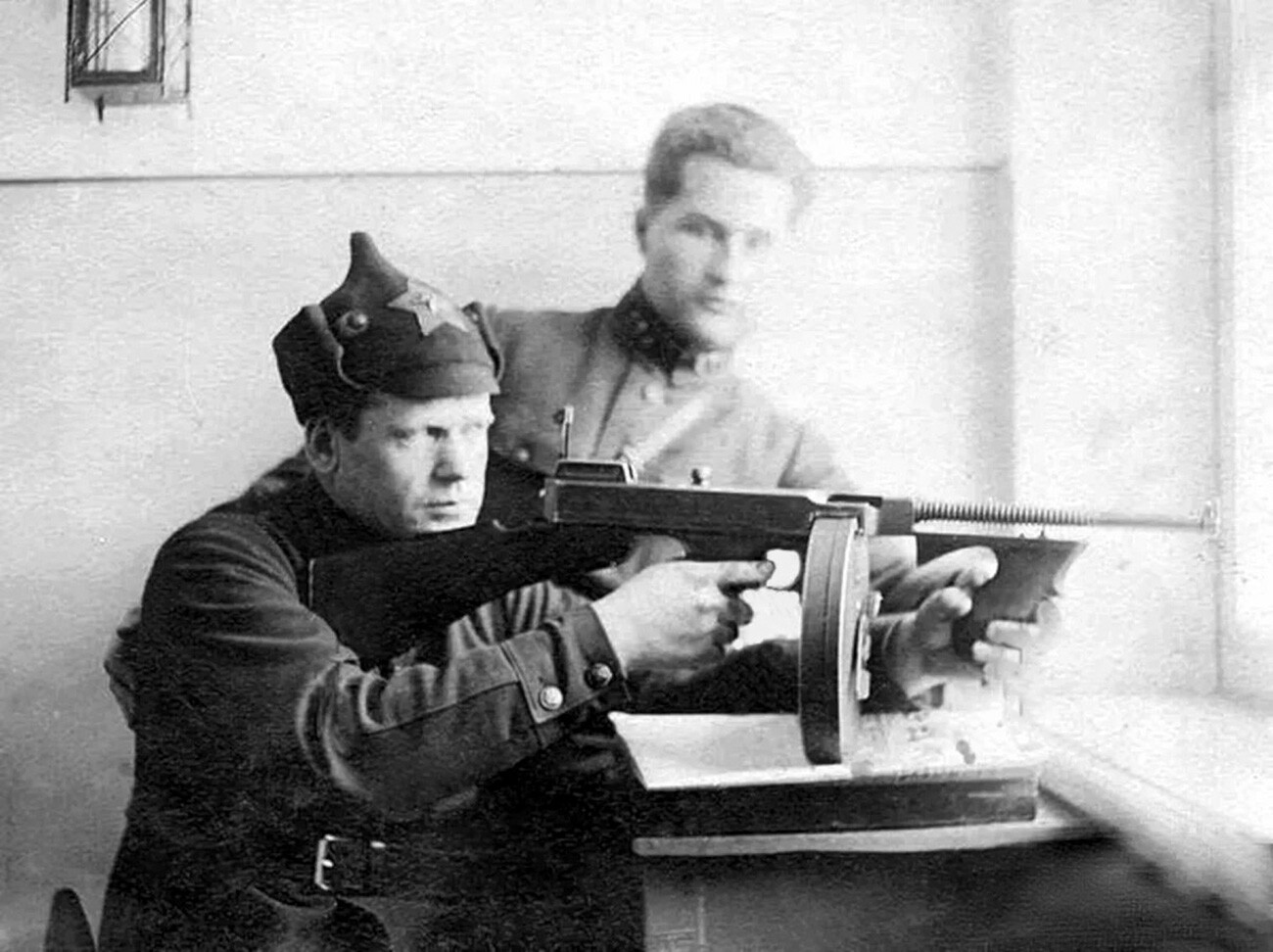
Moscow secretly sent a certain number of the weapons to Communists in Estonia, who used it in the course of an unsuccessful anti-government uprising in Tallinn on December 1,1924.
In the service of the Red Army
The next time Thompsons appeared in the USSR was in 1941 when the U.S. began large-scale deliveries of the M1928A1 version to the Red Army under the Lend-Lease program.
The guns and ammunition for them arrived both separately and along with Western military equipment that was sent to the Soviet Union: Sherman and Stuart tanks, A-20 bombers or Scout armored personnel carriers. A Thompson submachine gun with several magazines could even be found inside Willys jeeps or included with motorbikes.
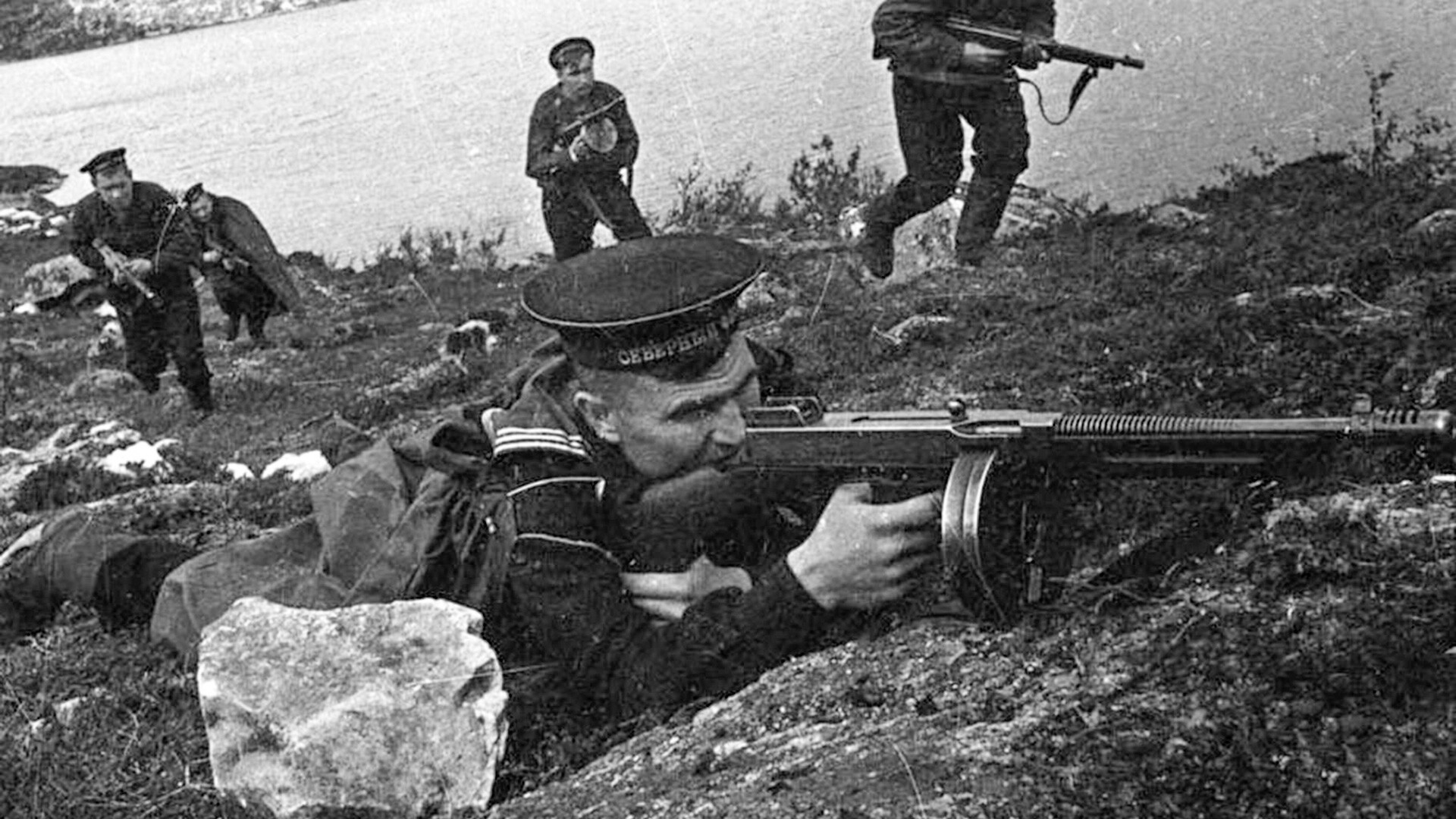
By that time, the troops of the Western Allies were already making widespread use of Tommy guns in battle. Admittedly, they were not, by and large, used by soldiers on the front line, but by special forces units: British commandos and American paratroopers and rangers.
Despite the fact that, at the start of the war, the Thompson guns had come to be used in combat in various sectors of the Eastern Front, they did not become front line weapons either. The 11.43-mm cartridges for them were simply not supplied in sufficient quantity to enable their use in prolonged and intensive combat.
The 138,000 guns supplied were a drop in the ocean compared with the six million manufactured Shpagin (PPSh) machine-pistols - the Red Army’s principal submachine gun. In reality, for every Thompson that was delivered there were 45 of its Soviet counterparts.
Not good enough
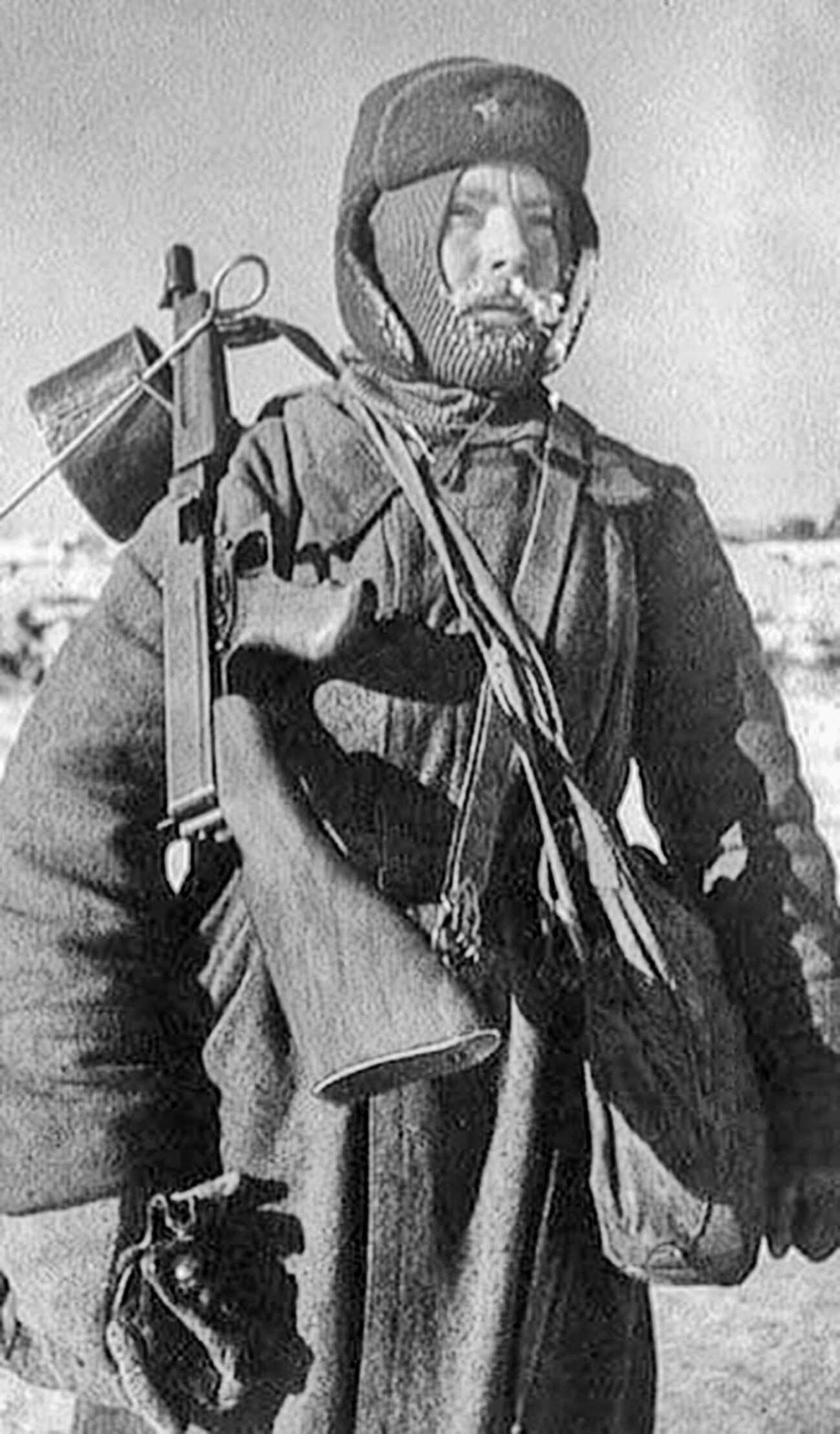
While the American submachine gun surpassed the PPSh in terms of single-shot precision firing, it was noticeably inferior to it when it came to burst fire. The Thompson also lagged in penetrating power. In tests, rounds from the Soviet weapon went through 10 layers of one-inch pinewood blocks, while rounds from the American gun only managed five. What is more, the PPSh proved lighter than its Transatlantic counterpart and more reliable.
“They didn’t catch on with us - with their wide dispersion, not very good firing range and heavy cartridges which you couldn’t take with you in large quantities,” is how Pavel Kolosov, who served in a reconnaissance unit, recalled the American submachine guns.
Nevertheless, the Tommy guns did find an application in the Soviet armed forces. Members of tank crews frequently took them inside their tank in addition to a TT pistol. They were not needed for long shootouts and a couple of magazines were usually enough.
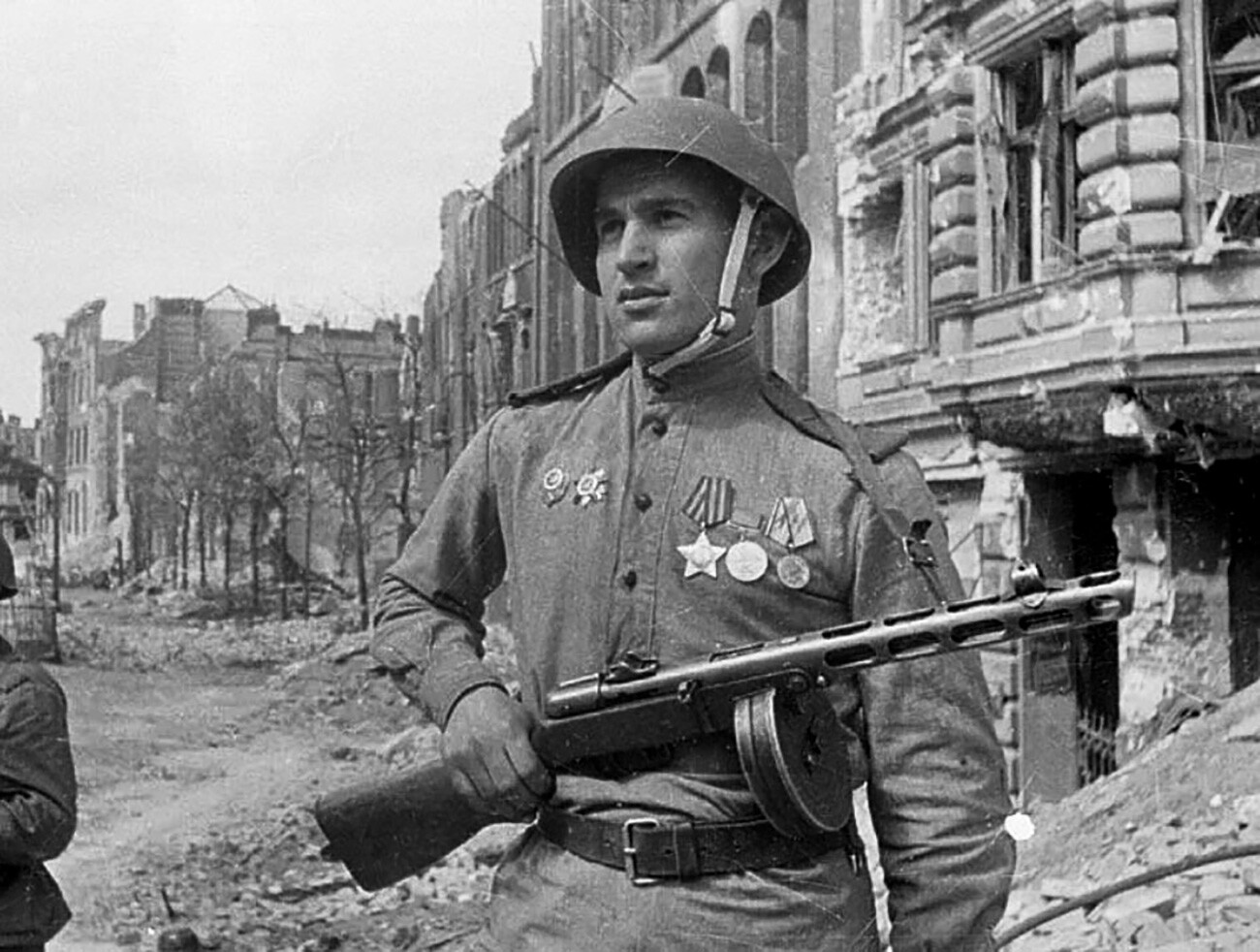 A Soviet soldier with a PPSh machine-pistol.
A Soviet soldier with a PPSh machine-pistol.
In addition, they were used by drivers of military trucks operating in the defensive line. While the precious PPSh machine-pistols usually went to the front, something was also needed to fend off enemy saboteurs and looters in the rear.












